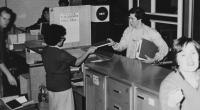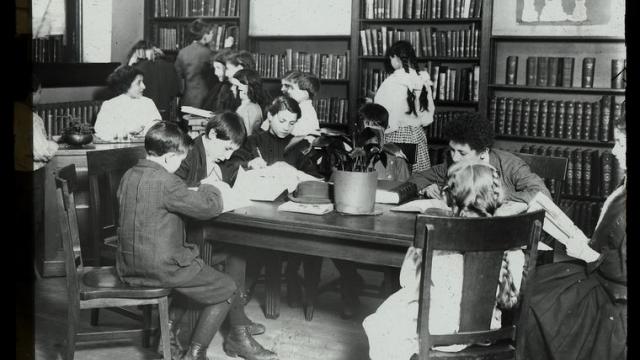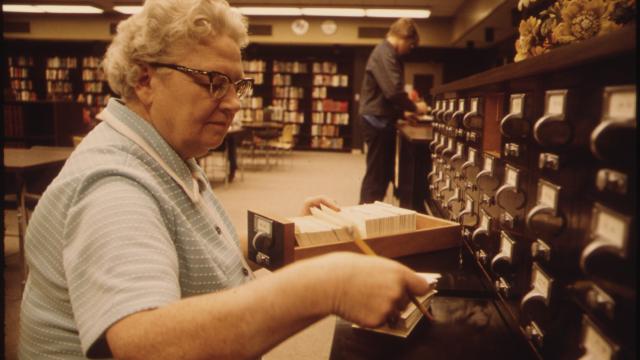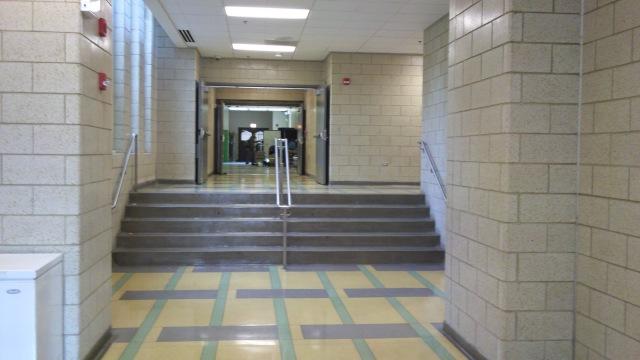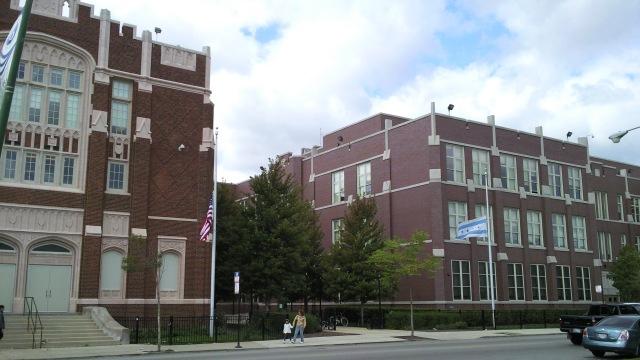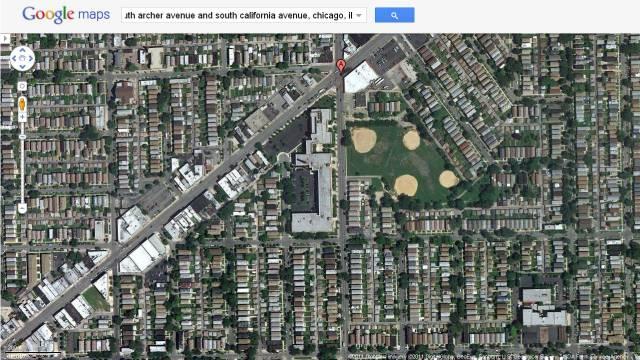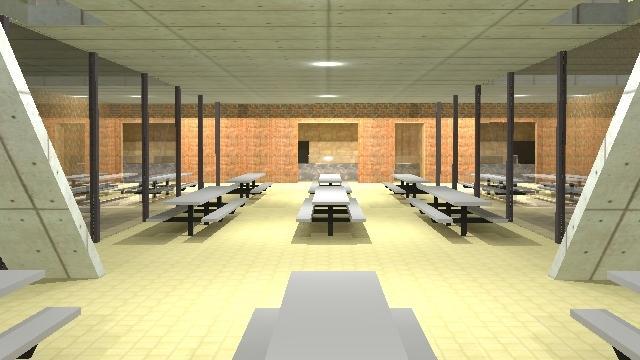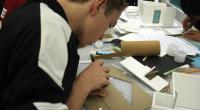
TOP 10 FINALIST: 2012 national competition project #164 | cafeteria redesign
Brooklyn Technical High School is a large school that provides many opportunities for each of its students. Most of the building accommodates the learning experience of all Brooklyn Technites. This is not so with our cafeteria. It is very crowded and unorganized. There's not enough seating. The kitchens are located in uncomfortable places. There's a lot of traffic and chaos in our cafeteria. In my project, I will address these issues to make the cafeteria more suitable for the Brooklyn Tech student body.
vg4032's work for the Collect Information step:
Summary
To collect information I went to the cafeteria during my lunch period. There was a huge line to get in because there are too many people and not enough passage ways.
There are huge lines to get lunch because there are not enough lunch counters. This shows the crowd...
30 comments
There's just a ridiculous amount of garbage everywhere in our cafeteria. This is because of...
There's no kitchen behind the lunch counters, so the food has to be brought from the one...
The center section only has offices and the rest is empty space. This space can be made into...
vg4032's work for the Brainstorm Ideas step:
Summary
Since, there was not enough seating, I want the new cafeteria to have more seats than it does now. So my ideas are to increase the number of seating but not crowd the space too much.
Then, though, I got the floor plan of our existing cafeteria. This is only half of our cafeteria.
I put the two pieces of the floor plan together to see how the whole floor plan looks. I realized...
vg4032's work for the Develop Solutions step:
Summary
My solutions to the project are both aesthetic and practical. There will be more seating because the tables will be organized in a neat horizontal pattern.
I started out by simply laying out the actual shape of the cafeteria by using Revit 2008. I added...
Then I added tables to the cafeteria with compact seating. Each table holds 10 people and not eight...
Then I put in kitchens in four locations. This will mean food will be srved faster because it doesn...
This is my overall 3D view of the model. I will add finish touches to it and work on improving it...
vg4032's work for the Final Design step:
Summary
The final design demonstartes th esolutions to the problems of not enough seating, not enough garbage cans,
This is the seperated part of the cafeteria created for those students who want quiet and peace...
This is the center section with plants and shelves to display students' work. The center...
This is the physical model of the basic structure of the new cafeteria. I used matboard and...

